Types of Cummins KT19 Turbochargers
There are various types of Cummins turbochargers that are suitable for different applications. Generally, they are divided into three types based on the number of turbochargers used in the engine and their design characteristics.
Single Turbo
Single turbo refers to a single turbocharger connected to the engine. This is the most popular and common type of turbo in diesel and gasoline engines, including the KT19 series.
Key benefits: Simple design, easy maintenance, cost-effective, and suitable for most applications.
Depending on the size of the turbo, a single turbocharger can provide a small or large boost to the engine power, making them versatile for various engine requirements.
Twin-Turbo
Twin-turbo engines have two turbochargers that can either be identical (parallel) or different sizes (sequential).
Key benefits: Broader powerband, reduced lag, and higher power potential.
The smaller turbo spools quickly to reduce lag at lower RPMs, while the larger turbo provides a boost at higher RPMs. Though more complex and maintenance-intensive, twin-turbos offer superior performance for high-demand applications.
Variable Geometry Turbocharger (VGT)
This advanced type features adjustable vanes that change the air flow through the turbine housing.
Key benefits: Improved efficiency, reduced turbo lag, and increased low-end torque.
VGTs are more commonly used in diesel engines like the KT19. They deliver optimal airflow across various engine speeds but come at a premium price compared to conventional turbochargers.
| Turbocharger Type | Complexity | Cost | Performance | Best Application |
|---|---|---|---|---|
| Single Turbo | Low | Economical | Good | Standard applications, daily use |
| Twin-Turbo | High | Expensive | Excellent | Performance applications, heavy loads |
| Variable Geometry (VGT) | Medium-High | Premium | Very Good | Diesel engines, varying load conditions |
Expert Tip: For most Cummins KT19 applications, a single turbocharger provides the best balance of performance, reliability, and cost-effectiveness. However, if your application demands higher power output or quicker response times, consider a twin-turbo or VGT setup.
Specifications of Cummins KT19 Turbocharger
The Cummins KT19 turbocharger is a complex and precisely engineered component designed to strict specifications that ensure optimal performance and reliability in demanding applications.
| Specification | Measurement | Description |
|---|---|---|
| Air Inlet Diameter | 115 mm | Size of the compressor inlet where air enters the turbocharger |
| Exhaust Outlet Diameter | 102 mm | Size of the outlet where exhaust gases exit after driving the turbine |
| Cooling Method | Water-cooled | Uses engine coolant to regulate turbocharger temperature |
| Engine Displacement | 19 liters | The KT19's total cylinder volume |
| Maximum Turbo Speed | 170,000 RPM | Maximum rotational speed of the turbocharger shaft |
| Compression Ratio | 12.5:1 | Ratio of cylinder volume at bottom of stroke to volume at top |
These specifications are critical for ensuring the KT19 turbocharger generates the precise power needed for optimal engine performance. Following these specifications guarantees that the engine runs smoothly and efficiently across all operating conditions.
Maintenance of Cummins KT19 Turbocharger
Proper maintenance is essential for maximizing the lifespan and performance of your Cummins KT19 turbocharged engine. Following these maintenance practices will help prevent costly repairs and ensure reliable operation.
Regular Oil Changes
Regular oil changes are vital for turbocharger longevity. Fresh oil provides proper lubrication to the fast-spinning components that can reach 170,000 RPM.
Recommendation: Change oil every 10,000-15,000 miles or per manufacturer's guidelines using high-quality oil suitable for turbocharged engines.
Clean oil also helps remove heat and debris from the turbocharger bearings, preventing premature failure.
Allow Time to Cool
After heavy loads or extended operation, allowing your engine to idle for 2-3 minutes before shutdown is crucial for turbocharger longevity.
Why it matters: This cooling period allows oil to continue circulating through the hot turbocharger, preventing oil coking and bearing damage.
Immediate shutdown after heavy use can lead to oil carbonization in the bearings, significantly reducing turbocharger lifespan.
Regular Air Filter Changes
Clean air filters protect your turbocharger from abrasive contaminants that can damage compressor wheels and other components.
Recommendation: Inspect air filters every 10,000 miles and replace as needed or according to service intervals.
A clogged air filter restricts airflow, forcing the turbocharger to work harder and potentially causing compressor surge conditions.
Preventive Maintenance Tip: Monitor your exhaust for blue smoke (indicating oil consumption) or black smoke (indicating improper fuel combustion). These symptoms can suggest turbocharger issues before they lead to complete failure. Regular inspection of the intake and exhaust systems for leaks will also help maintain optimal turbocharger efficiency.
| Maintenance Task | Frequency | Benefit |
|---|---|---|
| Oil and filter change | Every 10,000-15,000 miles | Ensures proper lubrication and cooling of turbocharger bearings |
| Air filter replacement | Every 15,000-30,000 miles | Prevents contaminants from damaging turbo components |
| Coolant system service | Every 30,000-60,000 miles | Maintains proper turbocharger cooling |
| Idle cool-down | After each heavy-load operation | Prevents oil coking and bearing damage |
| Inspection of intake/exhaust | Every 15,000 miles | Identifies leaks that reduce efficiency and performance |
How to Choose Cummins KT19 Turbocharger
Selecting the right turbocharger for your Cummins KT19 engine requires careful consideration of several key factors. Making the optimal choice will enhance performance, efficiency, and longevity of both the turbocharger and engine.
Engine Size Considerations
The 19-liter displacement of the KT19 engine requires a properly sized turbocharger to provide optimal airflow.
Key factor: Larger engines produce more exhaust gas volume, requiring appropriately sized turbine housings to handle the flow efficiently.
Oversized turbochargers can cause excessive lag, while undersized units may limit power output and potentially overspeed under load.
Application & Driving Style
Your specific application and operational requirements significantly impact turbocharger selection.
Considerations: Load cycles, RPM ranges, and response requirements all influence the optimal turbocharger configuration.
For quick response in variable-load applications like marine use, a VGT or smaller turbocharger may be preferable. For consistent high-load applications like generators, a larger single turbo might be more suitable.
Environmental Factors
Operating environment plays a crucial role in turbocharger selection, especially for KT19 engines used in diverse conditions.
Key consideration: Altitude significantly affects air density and turbocharger performance requirements.
At higher altitudes where air is less dense, a turbocharger with higher boost pressure capabilities helps compensate for the reduced oxygen content, maintaining proper engine performance.
Important: Always consult with a Cummins specialist or authorized dealer when selecting a replacement or upgraded turbocharger. The wrong selection can lead to poor performance, increased fuel consumption, or even catastrophic engine damage.
| Selection Factor | Consideration Points | Recommendation |
|---|---|---|
| Engine Size (19L) | Exhaust flow volume, back pressure tolerance | Match turbo size to exhaust flow capabilities of the engine |
| Application Type | Marine, generator, construction, highway | Marine/variable load: Quick-spooling turbo Constant load: Efficiency-focused turbo |
| Altitude Operation | Sea level vs. high altitude applications | Higher altitude: Higher pressure ratio turbo Sea level: Standard specification turbo |
| Performance Goals | Stock replacement vs. increased performance | Stock: OEM specification Performance: Upgraded compressor wheel, ball bearing options |
How to DIY and Replace Cummins KT19 Turbocharger
While turbocharger replacement can be complex, following these systematic steps will allow for a successful DIY installation. Ensure you have all necessary tools and a clean workspace before beginning.
Safety First: Always work on a cool engine. Disconnect the battery before beginning work. Use appropriate safety equipment including gloves and eye protection. Have a service manual specific to your engine model available for reference.
Turbocharger Removal Process
- Drain engine oil and remove oil fill cap - This allows proper air circulation and prevents oil spillage during the removal process.
- Remove the oil drain line - Carefully unscrew the connections at both the turbocharger and oil pan ends. Have a container ready to catch residual oil.
- Disconnect the oil feed line - Remove the oil supply line that runs from the engine block to the turbocharger. This line provides critical lubrication to the turbo bearings.
- Detach water cooling lines - The KT19 turbocharger uses water cooling. Carefully disconnect these lines, being prepared for some coolant spillage.
- Remove the exhaust elbow/downpipe - Unbolt the exhaust connections from the turbocharger outlet. You may need penetrating oil for stubborn fasteners.
- Disconnect the intake elbow/air ducting - Remove the air intake piping connected to the compressor inlet of the turbocharger.
- Disconnect any actuator linkage - If your turbocharger has a wastegate or VGT mechanism, disconnect the actuator linkage or electronic controls.
- Remove turbocharger mounting bolts - Unbolt the turbocharger from the exhaust manifold. These bolts may be extremely tight due to heat cycling.
- Carefully extract the turbocharger - Lift the turbocharger out of the engine compartment, being mindful of its weight and surrounding components.
Turbocharger Installation Process
Installing the new turbocharger essentially reverses the removal process. Follow these additional tips for a successful installation:
- Use new gaskets and seals - Never reuse old gaskets or seals. Always install new ones to prevent leaks.
- Pre-lubricate the new turbocharger - Before installation, pour clean engine oil into the oil inlet to pre-lubricate the bearings.
- Check all connections - Ensure all oil, coolant, and air connections are secure and properly sealed.
- Torque all fasteners to specification - Use a torque wrench to tighten all bolts to manufacturer's specifications.
- Prime the oil system - After installation but before starting, disable the ignition system and crank the engine to build oil pressure.
- Initial startup procedure - Let the engine idle for 5-10 minutes without revving to allow proper oil circulation through the new turbocharger.
Critical Warning: After installation, it's essential to identify and correct the root cause of the original turbocharger failure. Common causes include oil starvation, contaminated oil, foreign object damage, or excessive exhaust back pressure. Failing to address the underlying issue will likely lead to premature failure of the new turbocharger.
Frequently Asked Questions
A: The typical lifespan of a Cummins KT19 turbocharger ranges between 100,000 and 200,000 miles under normal operating conditions. However, several factors can significantly impact longevity:
- Maintenance practices - Regular oil changes with high-quality lubricants extend turbocharger life
- Operating conditions - Severe duty cycles, excessive idling, or frequent cold starts can reduce lifespan
- Driving habits - Allowing proper warm-up and cool-down periods greatly extends turbocharger life
- Oil quality - Using the recommended oil grade and changing at appropriate intervals is crucial
With meticulous maintenance and proper operation, some KT19 turbochargers have been known to exceed 250,000 miles of service.
A: When replacing a Cummins KT19 turbocharger, it's strongly recommended to replace several associated components to ensure optimal performance and prevent premature failure of the new unit:
- Oil supply and return lines - These often become clogged or deteriorated over time
- Gaskets and seals - Always use new gaskets at all connection points
- Turbo actuator - If equipped with a wastegate or VGT system
- Air and oil filters - To ensure clean air and oil supply to the new turbocharger
- Engine oil and filter - Always perform a complete oil change with turbocharger replacement
Additionally, inspect the intake and exhaust systems for restrictions or damage that could affect turbocharger performance.
A: Yes, the Cummins KT19 turbocharger can be upgraded to achieve higher power levels, improved response, or better efficiency. However, there are important considerations:
- Consult with specialists - Work with Cummins specialists or reputable aftermarket turbocharger companies
- Supporting modifications - Turbo upgrades often require complementary modifications to fuel systems, intercooling, and exhaust
- Engine limits - Understand the mechanical limits of your specific KT19 engine variant
- Application needs - Select upgrades that match your specific performance goals and operating conditions
Common upgrades include larger compressor wheels, ball bearing conversions, or complete turbocharger replacement with higher-flowing units. Each option offers different benefits in terms of response, power, and efficiency.
A: Recognizing the early warning signs of turbocharger failure can help prevent more serious engine damage. Common indicators include:
- Excessive exhaust smoke - Blue smoke indicates oil consumption, possibly from worn turbo seals
- Loss of power - Decreased acceleration or climbing ability suggests reduced boost pressure
- Unusual noises - Whining, whistling, or grinding sounds may indicate bearing wear or damage
- Oil leaks - Oil around the turbocharger or in the exhaust system suggests seal failure
- Check engine light - Modern engines will often trigger fault codes related to boost pressure
If you notice any of these symptoms, it's advisable to have your turbocharger inspected by a qualified technician as soon as possible.























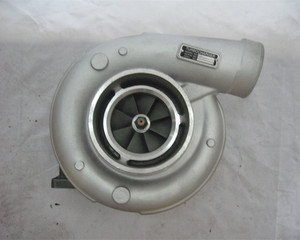



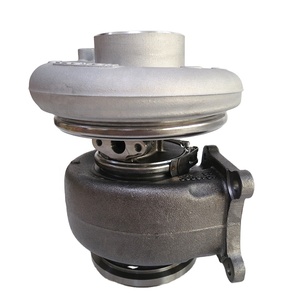





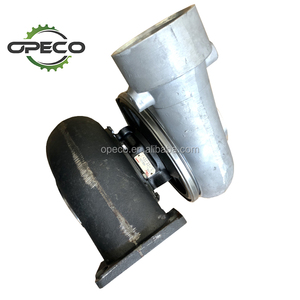




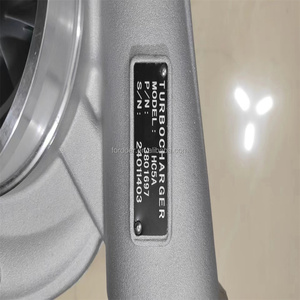
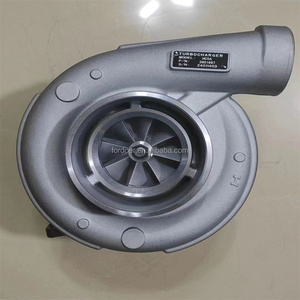












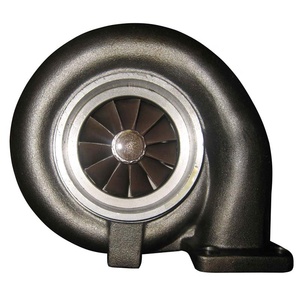


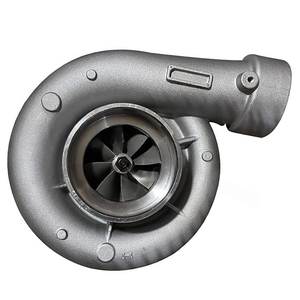






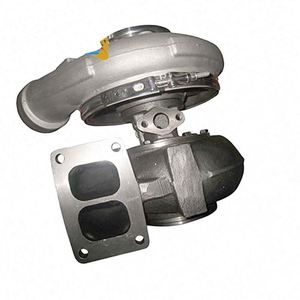





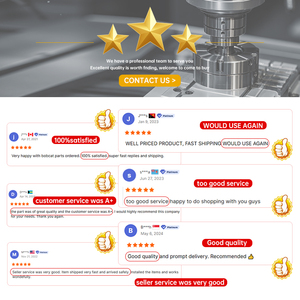


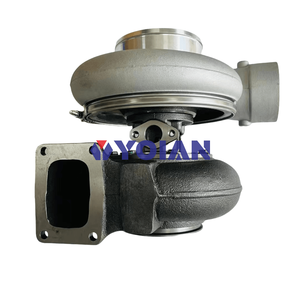



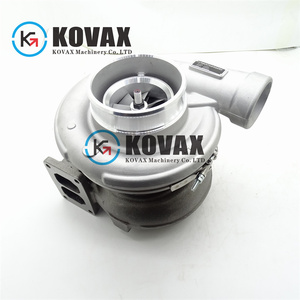
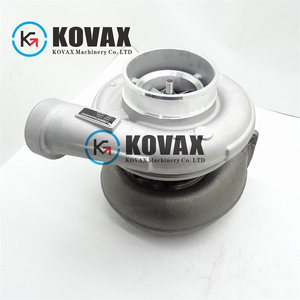




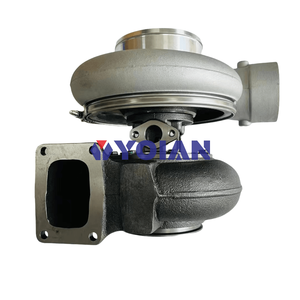





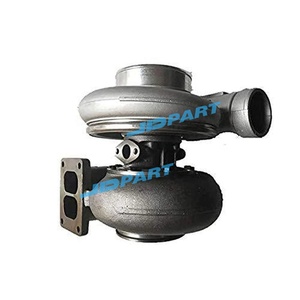








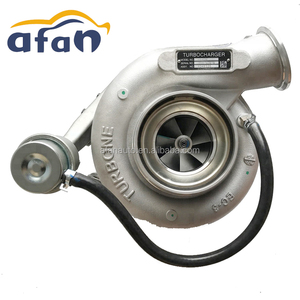



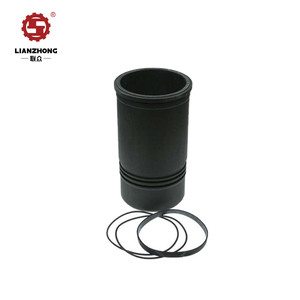


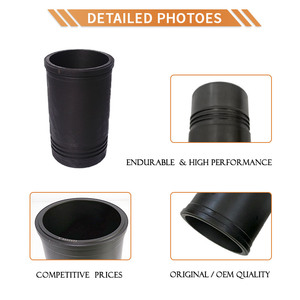





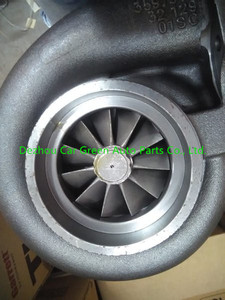







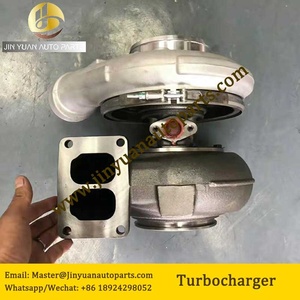
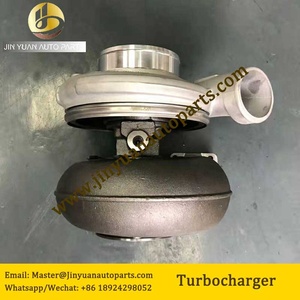



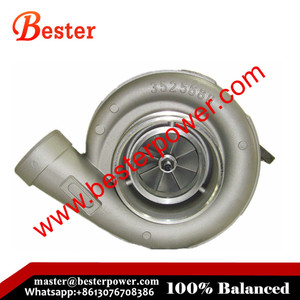
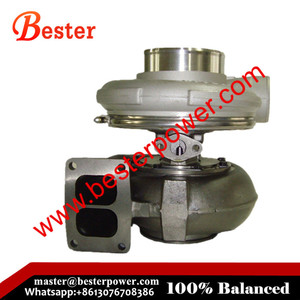


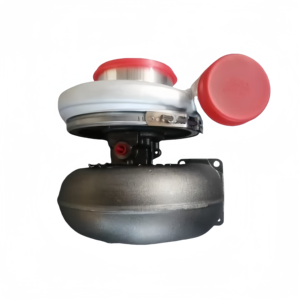

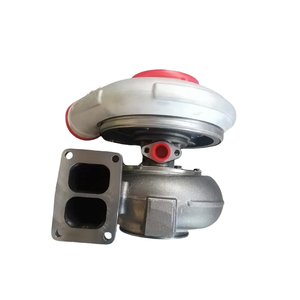








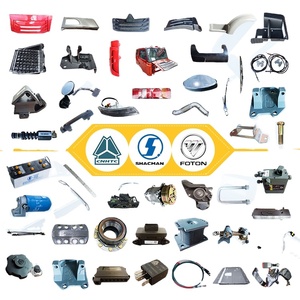

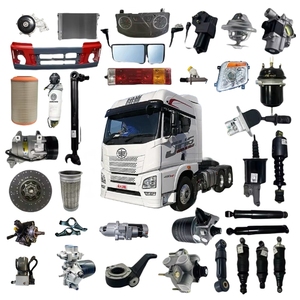




















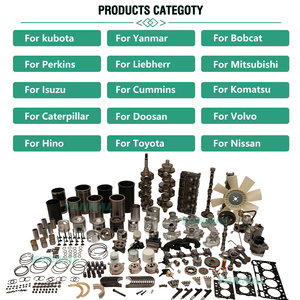


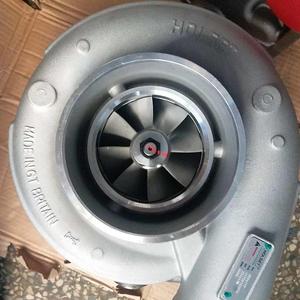











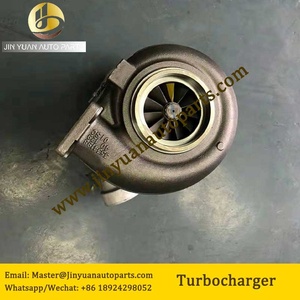


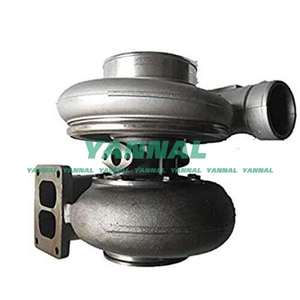

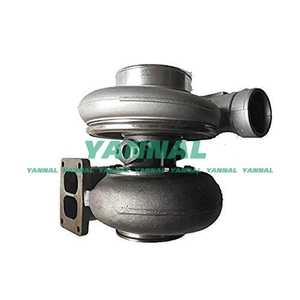




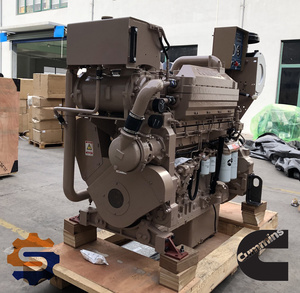























 浙公网安备 33010002000092号
浙公网安备 33010002000092号 浙B2-20120091-4
浙B2-20120091-4